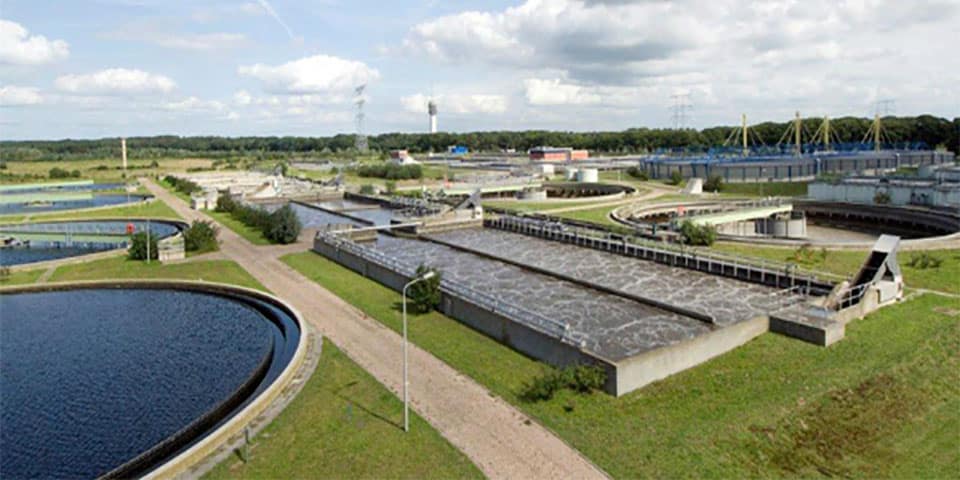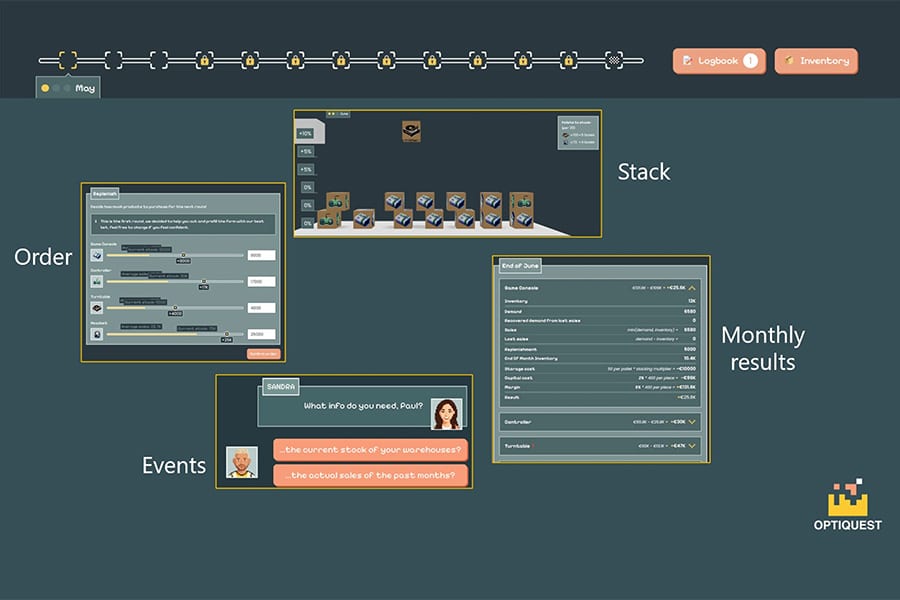
Sewage survey for coronavirus expanded
The water boards and RIVM are now examining sewage water throughout the Netherlands for particles of the coronavirus. Thus, the sewage water of all more than 17 million people in the Netherlands is examined. The data are on the renewed Dashboard coronavirus of the central government and are updated weekly.
The sewage survey has expanded considerably in a short time. From 29 monitoring points in April, to 80 in August. And now almost all 318 sewage treatment plants in the Netherlands are sampled weekly. The water boards take the samples from the sewage and make them available to RIVM. The latter does the analysis of the samples and interprets the data.
Big Brown Data
Sander Mager, board member of the Union of Water Boards: "The water boards are fully committed to helping to unlock this 'Big Brown Data'. We are happy to contribute to the great societal challenge of fighting the coronavirus. The sewage measurements allow early detection of areas of infection and trends in specific regions. In fact, people who are infected excrete virus particles even before they experience symptoms. This is valuable data that is ahead of data such as test results and hospitalizations."
Virus particles
Researchers are testing sewage collected over 24 hours. No infectious virus is measured, but genetic material from the virus, called RNA, which determines virus properties. The test results show how many virus particles are in the sewage. Not all people who have COVID-19 have the virus detectable in the stool, and some have more virus particles in their stool than others.
Differences by region and time
From region to region and moment to moment, the concentration of human sewage can vary, and thus the amount of virus particles per milliliter. This is because the sewage that enters the treatment plant does not just come from households. It is often mixed with industrial wastewater and "sewage foreign" water (inflowing ground or surface water). In addition, rainwater is a major cause of domestic wastewater dilution. A methodology is being developed to provide insight into these differences in order to better interpret measurement data from regions.




